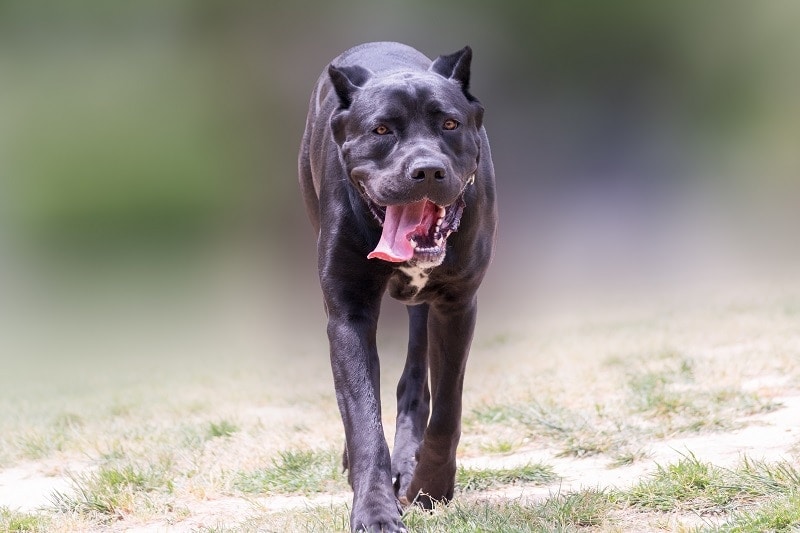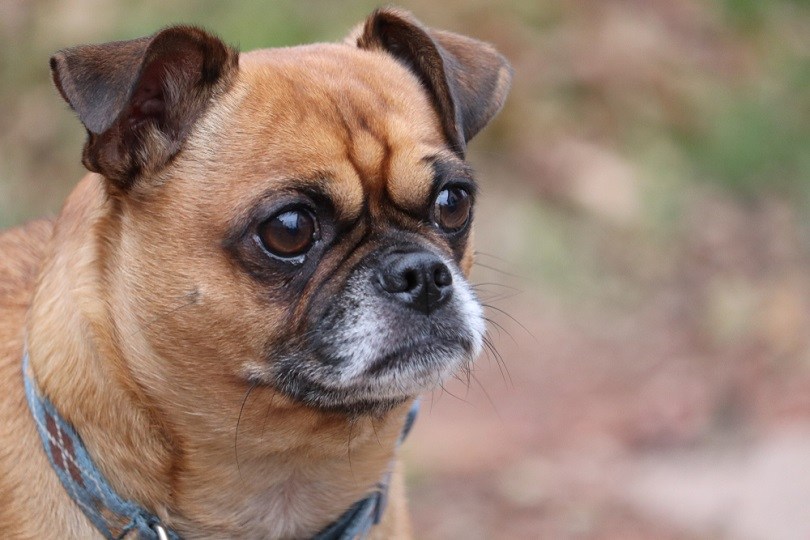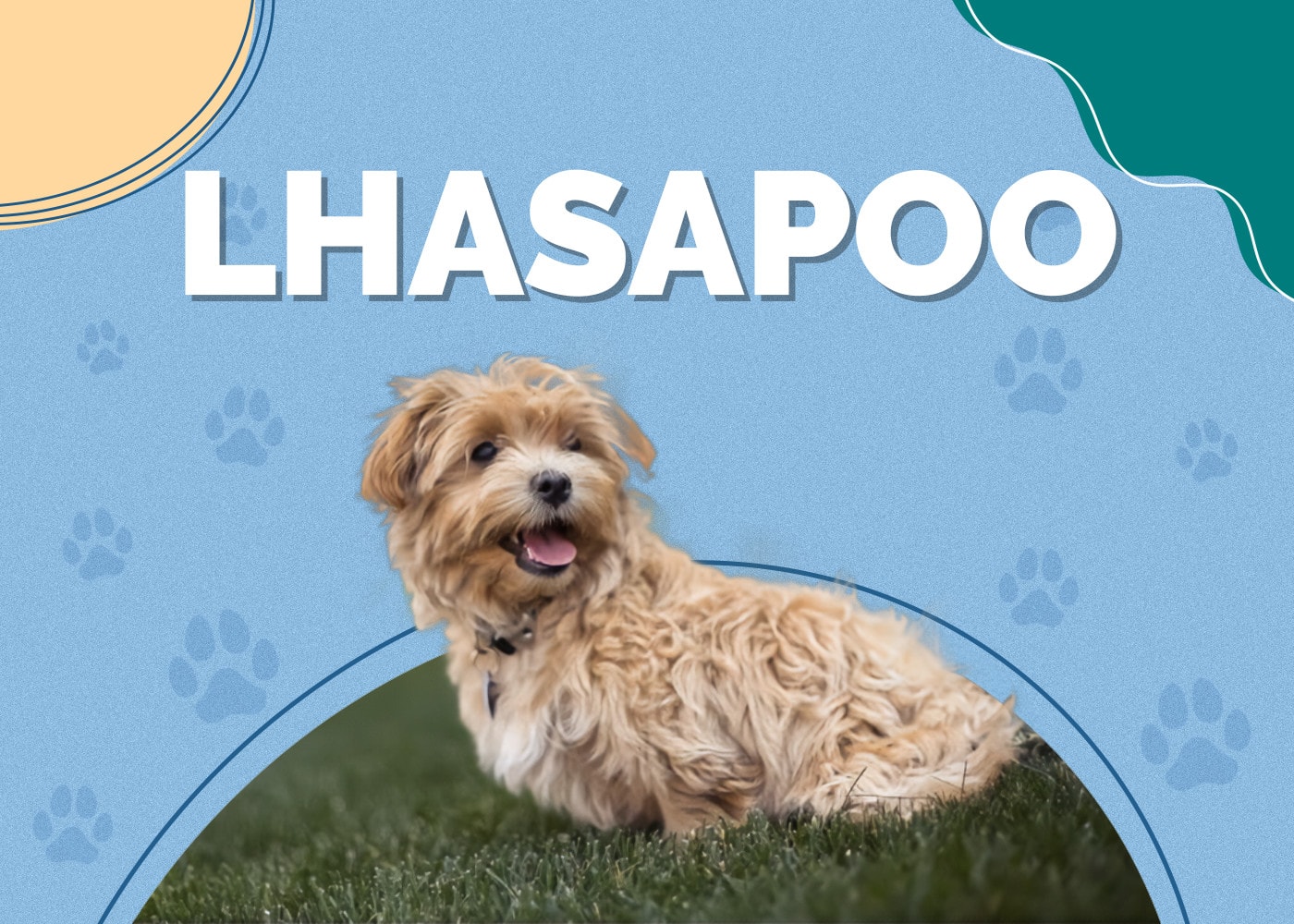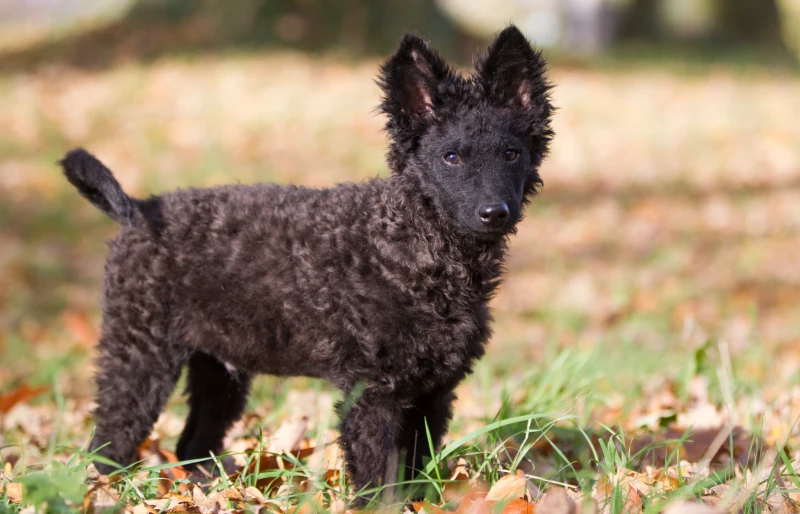Canis Panther: Dog Breed Info, Temperament & Pictures

Updated on

| Height: | 26 – 30 inches |
| Weight: | 130 – 150 pounds |
| Lifespan: | 10 – 12 years |
| Colors: | Black, chocolate, fawn, blue, gray, white, tan |
| Suitable for: | Active families, those looking for a low-shedding dog, experienced dog owners |
| Temperament: | Loving, sensitive, trainable, intelligent, loyal |
The Canis Panther, a formidable-looking dog, was developed in the 1970s by crossing a Great Dane, Doberman Pinscher, Black Labrador Retriever, and an American Staffordshire Bull Terrier.
The resulting hybrid breed, which is not yet recognized by any official kennel club or registration group, has the size of the Great Dane, the build of the Staffy, the black coat and loving nature of the Labrador, and the ears and watchfulness of the Doberman. The Panther Dog, as the breed is also referred to, is known for being loyal and loving with his family pack. He is also an accomplished watchdog and guard dog, can be easily trained, but he will need early and ongoing socializing and training to ensure that he is a well-rounded dog that is good with all people and animals.
Owners should have experience handling large breed dogs and should be prepared to become pack leaders, although this does not mean that they should use physical dominance or force to achieve the hierarchical position. While some owners still choose to crop the breed’s ears and dock their tails, a thankfully increasing number of modern owners are leaving them natural.
Canis Panther Puppies – Before You Bring One Home…
What’s the Price of Canis Panther Puppies?
The Canis Panther is a rare breed of dog that can be difficult to find. As a protection dog breed, and their formidable size and intimidating look mean that they have not become a popular pet companion. They are considered intelligent, loyal, and excellent protection dogs, however, which means that good examples of this hybrid breed can sell for $2,000 or more. Their rarity only serves to push their value up to this level.
When choosing any breed, it is important to find a reputable breeder, but this is especially true with protection dogs like this. Ensure that the parent dogs are well adjusted and that they have not shown signs of aggression. Puppies pick up a lot of their early attributes and characteristics from their parent dogs, and if they see their mother being aggressive towards humans, they can start to adopt a similar character. This isn’t guaranteed, and a combination of early socialization and solid training will help ensure that your puppy grows up to be a well-adjusted dog, but better safe than sorry with a dog of this size.
Large and giant breeds are prone to certain physical conditions, including elbow and hip dysplasia. Parent dogs should be screened and found to be clear of this condition, reducing the likelihood of their puppies developing it later in life. Ask to see clear screening results for the parent dogs. Again, it can’t guarantee that your Panther Dog won’t develop dysplasia later in life, but it does mean that they are not prone to the disease.
The cost and rarity of this breed mean that you are unlikely to find them in shelters. If you do find one in a shelter, ensure that you ask a lot of questions to determine why it is there. The breed is popular as a guard dog, watchdog, and protection dog. It could have been put up for adoption because of aggression or because it was too difficult to handle.
3 Little-Known Facts About Canis Panther Dogs
1. This Hybrid Was Developed in the 1970s
“Scorpio” Jones, Michael Stratten, and L. Lopez began breeding the Canis Panther in the 1970s in the USA. They aimed to breed the perfect protection dog and they combined the physical and mental attributes of the Great Dane, Staffy, Black Lab, and the Doberman Pinscher to achieve this.
Although the breed is not recognized by any kennel club and is technically a hybrid or crossbreed, it has an established bloodline and is a multi-generational pedigree. This means that the Canis Panther is bred from two Canis Panther parents, rather than by crossing other breeds. The breed will soon gain international recognition as being a purebred dog.
2. The Canis Panther Can Be Aggressive
The Canis Panther was bred as a protection dog, and although it is a rare breed today, it is still used as a means of protection for its owner. Unfortunately, this means that some examples of the breed may be aggressive. The breed is very large, alert, and can easily assert physical dominance over its owner. They are territorial and can be overly protective of their family members, too, and this combination means that they need an experienced handler that knows how to manage a potentially aggressive breed.
3. The Canis Panther May Not Be a Suitable Family Dog
The Canis Panther will usually make a loving and caring family pet. He will dote on children and be a protective and caring companion for adult dogs. With socialization and gradual introduction, he will also get along with other dogs, cats, and other animals. However, if the Canis Panther does not get the proper training and socialization, he can be unruly.
His protective nature means that he may perceive threats where they don’t exist. A child’s game with a young friend may seem to be aggressive and dangerous to this breed of dog, and this is not a situation that you want to experience. Although the panther dog breed can make an excellent family pet, you need to be realistic about whether you can manage and train such a large protection dog.
Temperament & Intelligence of the Canis Panther
The Canis Panther was created by crossing four breeds, all of which have their own personality traits. The Labrador was chosen for his trainability, but the Doberman was chosen for his watching and guarding skills, the Staffy for his strength and build, and the Great Dane for his size. This means that the breed is basically a large, muscular, attentive, protective dog with some trainability.
Are These Dogs Good for Families?
The trainability and pack nature of the Canis Panther does mean that he will usually become a loyal and loving family member. He should get along with family members of all ages, although he needs to be taught that all humans are above him in the pack order. However, he may perceive games between your children and their friends as being aggressive. He may also view friends and visitors that he doesn’t recognize as being a potential threat. Socialization, training, and the establishment of a pecking order are essential, and you should only consider this breed if you have experience with dogs of this nature.
Does This Breed Get Along With Other Pets?
Similarly, the Panther Dog can get along with other dogs, and even cats, but he needs to have been socialized and trained from a young age. Ideally, your Canis Panther will have been introduced to your other pets when they were both young. Through gradual and patient introduction, it may still be possible to introduce your Canis to other pets when he is older.
Things to Know When Owning a Canis Panther:
Adopting or buying a Canis Panther is not a decision to be taken lightly. They can be loyal and loving, but even if they are not watchful and do not want to protect you, their size and their independent nature mean that they can be difficult to train and challenging to integrate into the family unit. They are not suitable for everybody, and you should consider the following factors when taking one of this mighty breed on.
Food & Diet Requirements
The Canis Panther is a giant dog breed, and they have a suitably giant appetite. Expect to feed between 4-6 cups of good quality food every day. That means you will be feeding around 2,000 calories per day, which is roughly what an adult human eats. Break your dog’s food allowance down into two or three meals a day. This will help prevent blot and other gastrointestinal complaints. Always ensure that there is a freely and readily available source of fresh water available to your dog, too.
Exercise
Although he is a very large breed and many people believe this means that he will need a lot of exercise, the Panther Dog does not have excessive exercise requirements. Expect to give him 30 to 45 minutes of exercise per day. This can come in the shape of walks, and your Canis does not need to run or be given vigorous exercise. In fact, his size means that too much charging around can lead to injury and other physical complaints. The size of the breed means that the Canis Panther does not usually do well at agility but may perform well in canine sports that require physical strength over endurance and athleticism.
Training
One of the original breeds used to create the Canis Panther was the Black Labrador, chosen for his coat color but also his intelligence and ease of training. As such, the Canis Panther can be trained, but he also has a highly independent streak. A major part of training this breed is teaching him that you are the pack leader. This should not involve physical confrontation, and it is possible to assert your position through the use of positive reinforcement rather than negative training methods. However, training will need to be consistent and it should start when your dog is a puppy.
You will also want to provide your Panther with socialization from a young age and throughout their life. Socialization teaches your dog that new people, new animals, and new situations are nothing to be afraid of. It means that they will react positively when meeting new people. Sign up for puppy classes, take your dog for walks in busier areas and in dog parks, and try to introduce him to new groups and types of people regularly. Ensure that he meets men and women, young and old, and that he meets people in uniforms, small and large people, as well as those on bicycles and other vehicles, while he is still a puppy.
Grooming ✂️
While the breed does require a lot of attention in some ways, one way in which the Canis Panther is easy to manage, is in their grooming requirements. The breed has a short coat and while he will shed, a quick weekly brush will remove dead hair and ensure that your pup is comfortable and that he doesn’t shed hair on the furniture and around the house.
Other grooming requirements include maintaining teeth and nails. Brush your dog’s teeth two to three times a week, and trim his nails every month. Both of these grooming activities should be started at a young age because dogs are naturally reticent to let owners mess with their feet or put their hands in their mouths. If you start when your dog is a puppy, he will be more accepting of the habit when he is older.
- See Also: 11 Best Dry Dog Shampoo
Health and Conditions
The Canis Panther is still a relatively new breed. As such, there are not many known health problems or conditions that he suffers from, but there are some complaints that are common in dogs of this size, as well as some diseases that are common in the parent breeds. Look for signs of the following conditions and consult with a vet if your dog shows any signs.
- Hip dysplasia
- Elbow dysplasia
- Dilated cardiomyopathy
- Bloat
Male vs. Female
The male Canis Panther is usually a little taller and heavier than the female. While some owners swear that the male is more loving but difficult to train, there is no real discernible difference between the two genders.
Final Thoughts
The Canis Panther, or Panther Dog, is a large, formidable, protection dog. He was bred by crossing Great Danes, Staffies, Black Labs, and Doberman Pinschers. You should only consider buying or adopting one of this breed if you have previous experience with protection dogs and guard dogs of this size. With that said, the Canis Panther can make a loyal and loving family dog when properly raised and cared for. Just be prepared for a mammoth food bill!
See also:
- American Bullador (American Bulldog & Labrador Mix): Info, Pictures, Characteristics & Facts
- Sheepsky (Croatian Sheepdog & Husky Mix) Info, Pics, Traits
Featured Image Credit By: Bill Anastasiou, shutterstock













